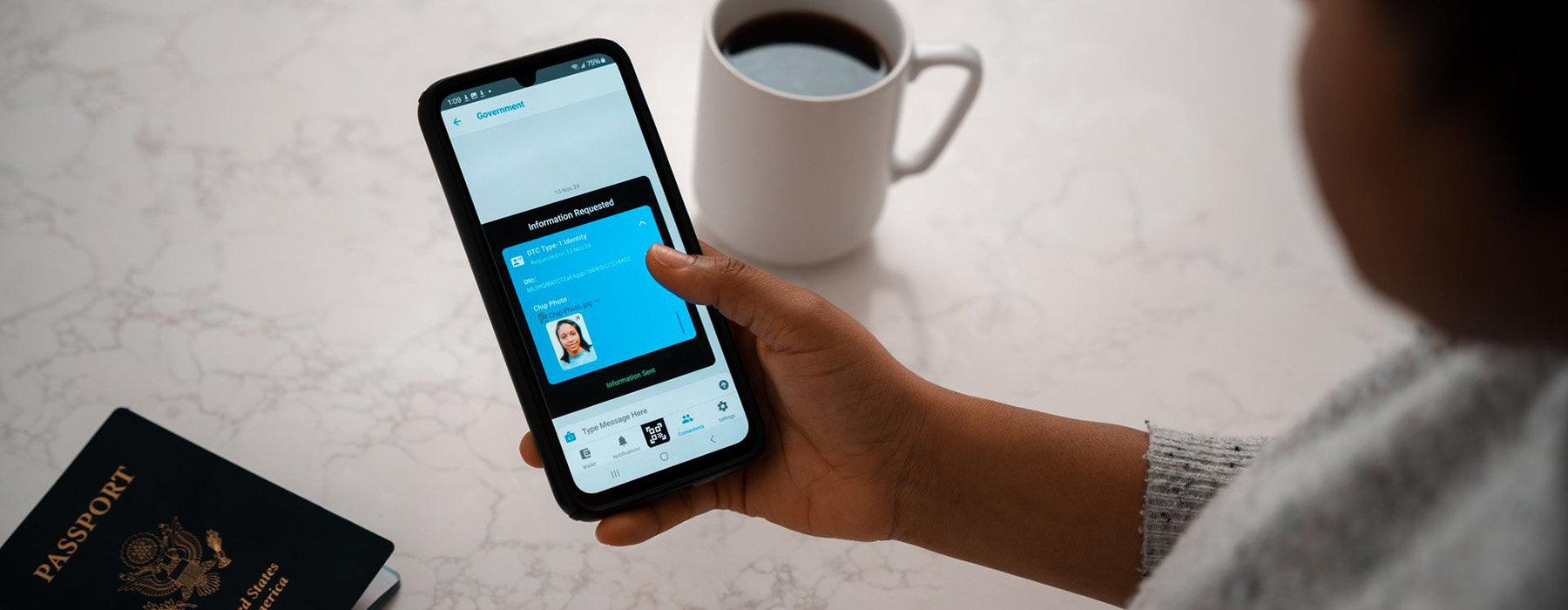Digital travel depends first and foremost on digital identity – you need to know who’s who.
The first manifestations of digital identity came when websites – and especially news and social media sites – started wanting to know more about their consumers. In the first instance they tracked users with the help of cookies, which allow sites to know that someone is visiting, but not necessarily who. It also lets them know that you also visited at another time, and what you were maybe interested in then.
In order to get a better handle on their customers, sites then offered benefits – such as the chance to browse ad-free – in exchange for creating a personal account. By giving access to people with usernames and passwords, sites could be confident about who was using them. But in reality, there was no way of knowing who the actual person was logging in – essentially anyone with access to the username and password could get into the system.
This all changed with the arrival of biometrics – whether in the form of voice, posture, fingerprints or face. Biometrics are now a mature and robust way of identifying yourself, and are widely in use by billions of people daily, as they interact with their devices. Fingerprints, in particular, are particularly reliable. But facial recognition is now catching up fast, and is already much more accurate than humans – even super-recognizers – in terms of making correct matches.
In the world of transportation, these advances have made travel easier, more efficient, and more affordable. This is notably being practiced in various metropolitan environments or entire small countries, such as Switzerland, where public transport has been revolutionized by smart apps.
The way it works is that passengers use their phones, with GPS switched on, and the network can then see who’s where, which connections they’re making, and how much to charge them. This works effectively across multi-modal travel. In Switzerland, for example, that includes buses, trains, trams and even ferries. Ticket inspectors can easily check the validity of travel on passengers’ mobile devices, and passengers benefit from seamless travel.
It’s also a super-convenient way for operators to collect revenue, and means that they can offer incentives to passengers – such as cheaper season tickets or price caps on periodic travel.
One drawback is that the data needs to be centralized, and this creates potential risk and governance issues, with the possibility of data breaches or non-compliance with privacy legislation. In truth, however, this is not such a problem when the geographical area is restricted and the population size is limited to a few million people.
This isn’t the case, of course, in the airline / airport environment, where sample sizes are vastly larger and more complex, and the geography covers the whole planet. The investment required to manage and maintain databases on this scale is huge. And because the data has to be stored in many places, the risks of data breaches are correspondingly greater.
The solution is decentralized self-sovereign digital identity, where passengers store their own information, encrypted, on their own mobile devices. They can then control consent for the use of their data, and airlines and airports no longer have to take on the responsibility of ownership.
At SITA, we are unique in being able to manage this, wherever you are in the world – and our enrollment solution is the most advanced in production anywhere.
As well as digital identity, there are also other types of digital credentials, which can be used stand-alone or in conjunction with a Digital Travel Credential (DTC). Our digital travel solutions derive the DTC from the ePassport, but we can also derive visas, eVisas and electronic travel authorizations (ETAs) from verified documents or visa stickers.
We work with airlines and governments as they move into the digital travel world, and we help enable every type of digital identity required or desired.
Airlines, for example, are increasingly digitizing previously paper- or card-based credentials, including:
- Airline Digital ID – linked to a passenger’s account with the airline
- Digital Boarding Pass – Issued directly or derived from a bar-coded boarding pass
- Digital Bag Tag Receipt – issued during the check-in process
- Digital Ticket – travel tickets issued under IATA One Order
- Digital Disruption Voucher – issued to all travelers impacted by disruption
In the same way, governments are now creating digital versions of credentials including:
- Digital Travel Credentials (DTCs) – issued directly by the government
- National ID / Driving License – derived from a verified document
- Visa / eVISA / ETA – derived from a verified document, or visa sticker, or issued directly by the government
- Resident Permit – derived from a verified document.
We are also seeing the same trend spreading across other areas related to travel, including: hotel and car hire vouchers; theatre, concert and sporting event tickets; corporate ID; membership / loyalty cards; and of course frequent flyer cards.
And here at SITA, we have the digital identity and biometrics solutions that make all of these things work together. Seamlessly. For a better passenger experience, end-to-end. And for a smarter, safer and more secure travel environment.
Our partner, Indicio, talks about how Digital Travel Credentials (DTC) revolutionize digital identity by enabling secure, decentralized identity management for border crossing. This eliminates reliance on vulnerable centralized databases, enhances biometric security against AI deepfakes, and allows travelers to hold and control their cryptographically verifiable data.




 Share
Share



0 Comments